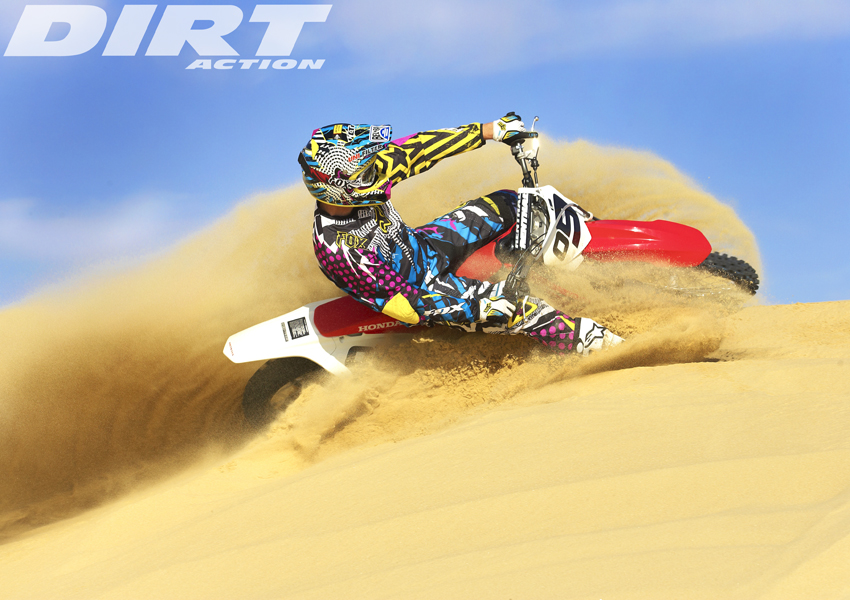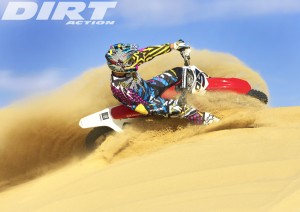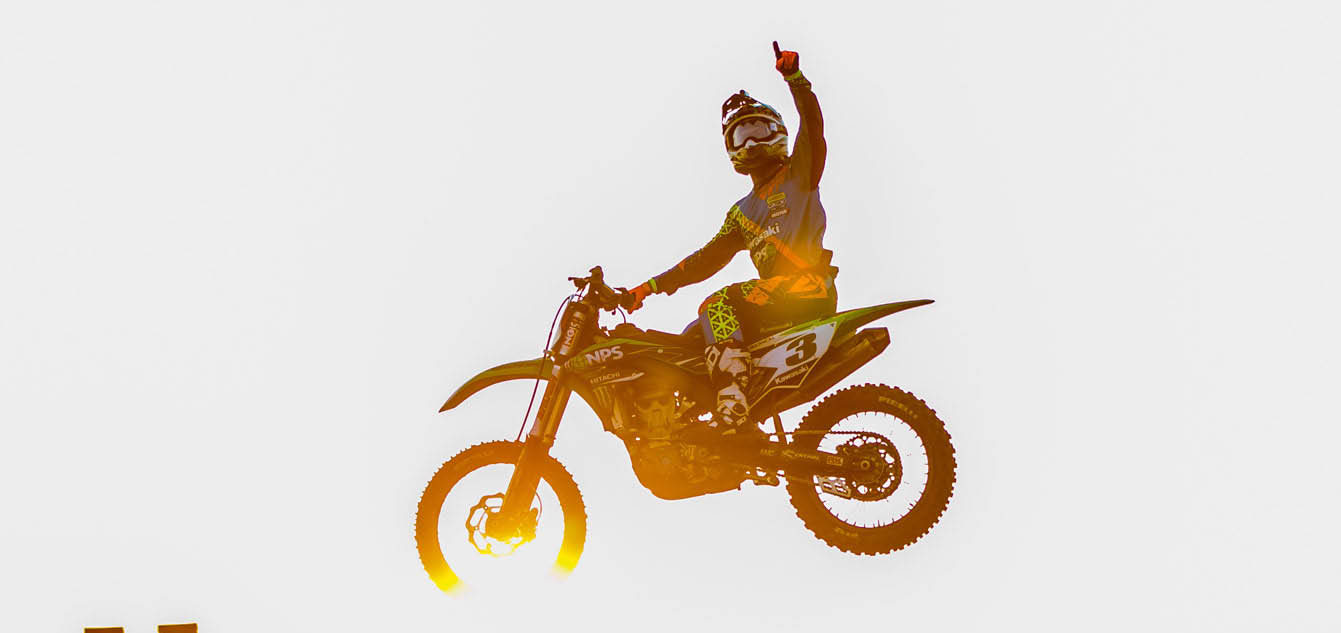

After a two-year hiatus from racing, I pulled the boots on in anger again recently for the annual Le Minz 24 Hour Scooterthon. Now, I must say there is no anger at this event and I certainly don’t take it seriously as my total preparation for the big day is just trying to turn up on time. But it’s a fun event and over 50 teams entered this year to help race funds for RaceSafe, which is now an essential part of racing in Australia, so it’s a great cause and some big names lend a hand to support.
But sitting on a scooter, or trackside for 24 hours, I soon worked out that there are two different types of motorcycle riders in this world and placing them on a 50cc scooter in a friendly environment is possibly the only way you’d get such a range of motorcycle athletes together. So, I will break them up into those that have peaks on the helmets and those that don’t. And here is a breakdown of what each of these species does during a 24-hour scooter race.
The uniform
Peak wearers run motocross gear any time they’re on a motorcycle. The nutsplitting, hunchback-inducing, spinealtering leathers are for midgets and for non-peak wearers. So, the pros of wearing a pair of nylons and a jersey is that it keeps you cooler, looks 100 times better than wearing an oversized wallet and you can dress yourself without needing a football team and four cans of WD-40 to get yourself out of your leather skin. The disadvantages of wearing nylons and a jersey are the lack of skin left on your body when you toss the scooter down the road at top speed while trying to pull a desperate move on a non-peak wearer who should’ve known you were coming in hot on the inside in a crazy late braking move that would see your rival in the grass. The other advantage is you can say you won because, to me, every set of leathers looks the same. Apart from the team in all white with white
boots and white helmets and not one logo in sight — they looked like a bunch of walking hard-ons.
Technique
Peak wearers take several laps to determine the best technique to punt the scooter around the go-kart track used for the event. Most of us start with the inside foot out in every turn and ride it like a motocross bike with floorboards but there are two drawbacks here. First, after a two-hour stint on the scooter and the 10-turns-a-lap track, your legs are out so much they give you an arthritic hip and a pulled groin muscle while your boots feel like they weigh a tonne.
Also, some road god blows around the outside of you in a turn so you decide to give the feet-up, knees-out, hang-off-the-side-of-the-bike setup a go and all seems well until the side of the cases hit the road and the rear wheel lifts up and sends your heart rate to about 200 as you anticipate helicoptering down the road with your scooter.
So, the peak wearer’s technique ends up a hybrid of both. Sharp turns regardless of direction and the inside foot is out, the bike is cranked over like you’re searching for a rut and it’s MX all the way. Fast and open turns are more of a road technique where you just lean with the bike. I didn’t see any peak wearers going for the full knee-down drags that would only tear your pants and wreck your expensive knee braces.
Line choices
Here’s where things get real exciting. The non-peak wearers go for the big, wide entries to the turns, with nice smooth arcs using all the racing surface as they try to keep momentum. It looks slow but it works, as they can keep speed in the scooter but you must hit your marks on every turn or you end up on the outside of the racing line — and that’s usually where all the broken scooter parts end up.
The peak wearer will try that but if they’re by themselves they’re happy to run with it, although it’s a little boring. Once in sight of another rider, line selection is out the window and instantly it’s time to hit the brakes three metres too late, bomb the inside of the corner and hope to use the rider you’re passing to help slow you down. Bouncing off him will also assist in the change of direction, then snap the throttle wide open, wait a few seconds for the delayed reaction from the throttle to the rear wheel on a 50cc scooter and run it all the way onto the grass just to make sure the innocent victim you just slammed has no chance of getting you back. It’s crap for lap times but it’s the most fun way to ride it.
The event
Dan Reardon, Jay Wilson and I teamed with Dr Michael and Dr Daryl from RaceSafe. We finished the event in 10th place and not once did our scooter go down the road. For both Jay and Dan to take time out of their schedules, especially Dan who leads the ASX championship and had a lot to lose if he was injured at the event, shows the amount of respect the riders have for RaceSafe.
The event went off without a hitch, although I’m sure all the riders in the 10-to-midnight shift — who were on the track when the wind was about 200km/h, the rain was horizontal and the storm lashing the track like it was doomsday — will say that two-hour period was either the most exciting time of their life or the most fearful. Three days later and I still haven’t worked out which.



